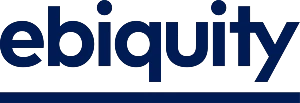There is a crisis in advertising – a crisis of creative effectiveness which stems from the financial pressures exerted on brands for the past 15 years. These financial constraints have seen marketers pursue short-term sales over long-term brand building, invariably courtesy of easy-to-measure, price-based, direct response tactics designed to boost sales.
Now, there is the added context of the 2020 coronavirus pandemic forcing the world’s marketers to work from home. With countries in lockdown, advertising has been harder to make and budgets have come under further scrutiny. Most industry surveys have found that brand advertising budgets are under more pressure than short-term, performance marketing budgets.
Meanwhile, the new ads that are being made right now are – in the main – remarkably difficult to tell apart. A default style has emerged with some creative basics lacking – and this is at a time when companies can least afford to waste ad investment. Montages show that recent ads look and feel the same: early frames with sombre music; identikit ‘we’re all in this together’ messages; music becoming more upbeat as customers smile and brands announce with one voice that they will be ‘by your side’ during and after the crisis.
Yet the art and science of marketing effectiveness tell us that the companies and brands that do bounce back and thrive in the wake of COVID-19 will be those that embrace the principles of creative effectiveness. Simply growing share of voice and expecting to increase share of market is not sufficient. Brands need to grow share of voice with the right creative content.
Far from being an unmeasurable dark art, creativity can – and should be – measured in terms of an ad’s effectiveness. The most widely-used approach for connecting advertising to sales – marketing mix modelling – has for too long focused exclusively on optimising media channel investment. Yet the greatest improvements in ROI are generated by developing the right creative content rather than through changes to the media mix.
Our 20-year database of advertising campaign results corroborates the impact of several factors previously highlighted by other researchers. For instance, more emotional, narrative ads – particularly video formats – are more effective at driving return on investment. Moreover, the long-term impact of these ads lasts for significantly more time – months and years longer – than creative executions lacking these attributes.
But advertising ROI is not just a function of emotional narratives – otherwise all the increasingly similar, empathetic ads on TV screens during the pandemic would be working optimally. Rather, effectiveness is a consequence of brands investing in creating and supporting distinctive brand assets, and collections of assets, known as fluent devices. Good examples of these are Kit Kat’s ‘Have a break, have a Kit Kat’ slogan or Lloyds Bank’s black horse.
Too many brand directors have forgotten the importance of these brand recognition triggers in creative executions developed during coronavirus. There are a few notable exceptions such as Tesco which repurposed its ‘Every Little Helps’ strapline to advertise its stores’ earlier opening hours specifically so the over-70s and NHS workers could shop.
There are ways of identifying how advertising effectiveness is boosted by creativity, with econometric techniques including market mix modelling. Marketers can compare one campaign with another looking at factors such as competitor activity, seasonality, the variable cost of media, and diminishing returns from campaign exposure. In addition, long-term brand equity models can show how shifts in consumer perceptions – measured by brand health and equity measures – link to long-term brand growth. Brand equity modelling brings the final layer of understanding of how creativity drives advertising effectiveness.
In the wake of coronavirus, a focus on measurement matters more than ever. As the markets return and we formally move into recession, advertising budgets are a valuable investment to grow share that will need to be protected. To perform at their best, ads should tell emotional narratives as well as use strong and distinctive brand assets. But to change the trajectory of brand performance in the long term, creative also needs to convey the right messages and in this way shift brand perceptions.
The article was published on Creativepool, here.
You can download Ebiquity’s viewpoint “How creativity drives advertising effectiveness” here.

